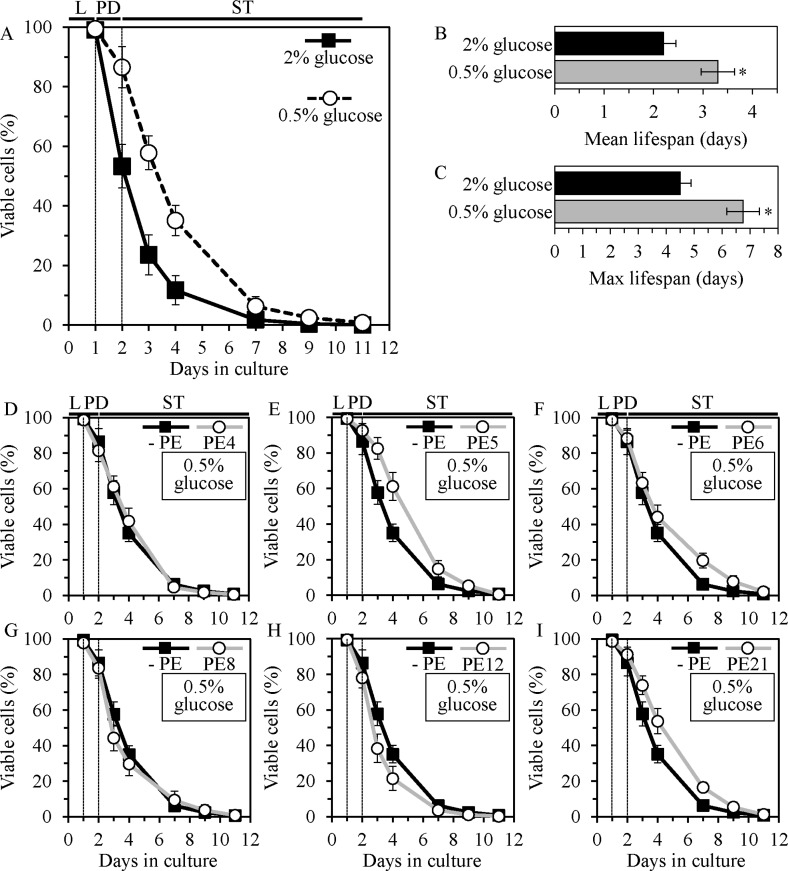Figure 2. PE5 and PE21, but not PE4, PE6, PE8 or PE12, extend the CLS of yeast grown under CR conditions.
WT cells were grown in the synthetic minimal YNB medium initially containing 0.5% glucose (CR conditions) or 2% glucose (non-CR conditions), in the presence of a PE or in its absence. Survival curves (A), the mean (B) and maximum (C) lifespans of chronologically aging WT strain cultured under CR or non-CR conditions in the absence of a PE are shown; data are presented as means ± SEM (n = 5–7). CR caused significant extension of CLS (A) (p < 0.05; the p values for comparing survival curves were calculated with the help of the GraphPad Prism statistics software). CR extended both the mean (B) and maximum (C) lifespans (*p < 0.05; the p values for comparing the means of two groups were calculated with the help of the GraphPad Prism statistics software using an unpaired two-tailed t test). Survival curves of chronologically aging WT strain cultured under CR on 0.5% glucose with or without 0.5% PE4 (D), 0.5% PE5 (E), 1% PE6 (F), 0.3% PE8 (G), 0.1% PE12 (H) or 0.1% PE21 (I) are shown; data are presented as means ± SEM (n = 5–7). CLS extension under CR on 0.5% glucose was significant for PE5 and PE21 (p < 0.05; the p values for comparing survival curves were calculated with the help of the GraphPad Prism statistics software). CLS extension under CR on 0.5% glucose was not significant for PE4, PE6, PE8 and PE12. Abbreviations: Logarithmic (L), post-diauxic (PD) or stationary (ST) growth phase.

